Most people think the Corvette’s mid-engine layout was a sudden change in 2020. But GM had the idea in motion decades earlier—and they nearly went through with it. Back in the ’70s, Chevrolet came within inches of replacing the front-engine Corvette with something completely different: a mid-engine V8 with gullwing doors and space-age looks.
The car was called the Aerovette, and it wasn’t some one-off fantasy. It was built, tested, and came dangerously close to hitting the streets. These ten facts explain how Chevy almost hit the reset button on America’s sports car.
It Started Life as the XP-882
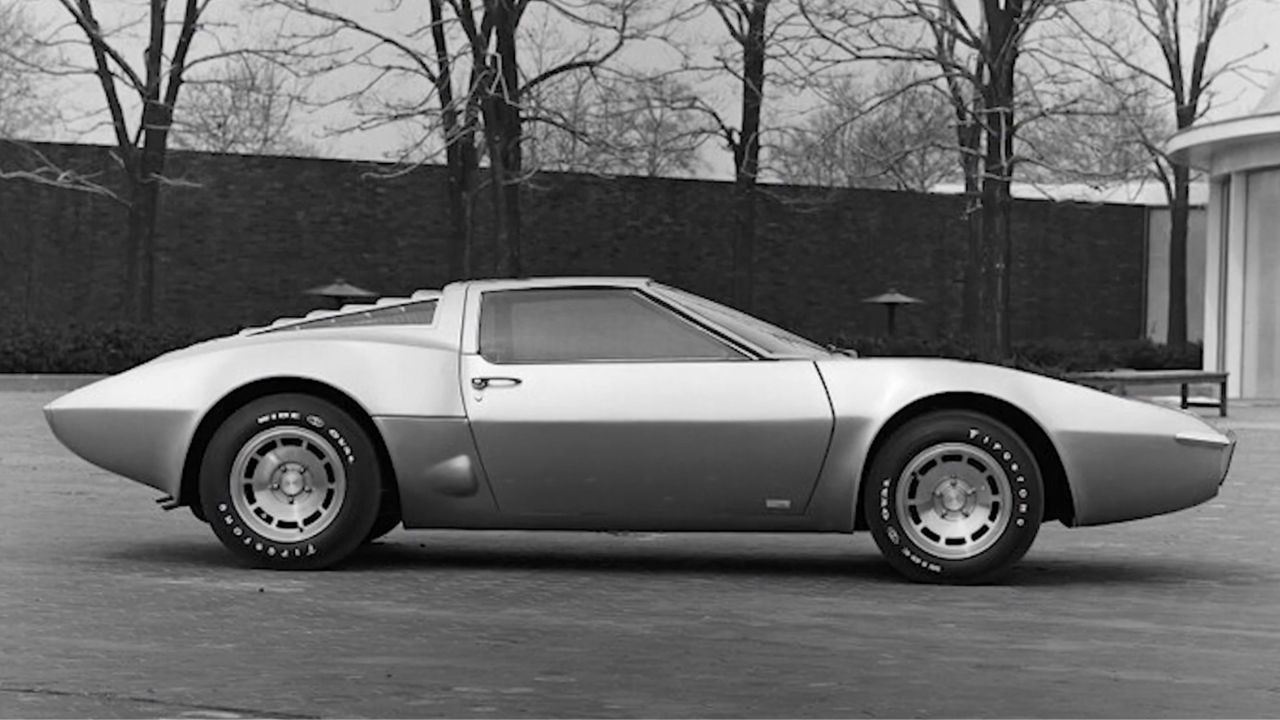
Back in 1969, Chevrolet quietly unveiled a sleek mid-engine concept called the XP-882. It wasn’t just for show—this was a serious attempt at rethinking the Corvette’s layout. Designed under Zora Arkus-Duntov, it aimed to move the engine behind the driver, Ferrari-style.
The car featured a transverse-mounted V8 paired to an experimental automatic transmission. It had exotic lines, gullwing doors, and proportions that hinted at European rivals. At a glance, it looked like Chevy was ready to pivot away from the front-engine formula entirely.
It Used an Experimental Transaxle Setup
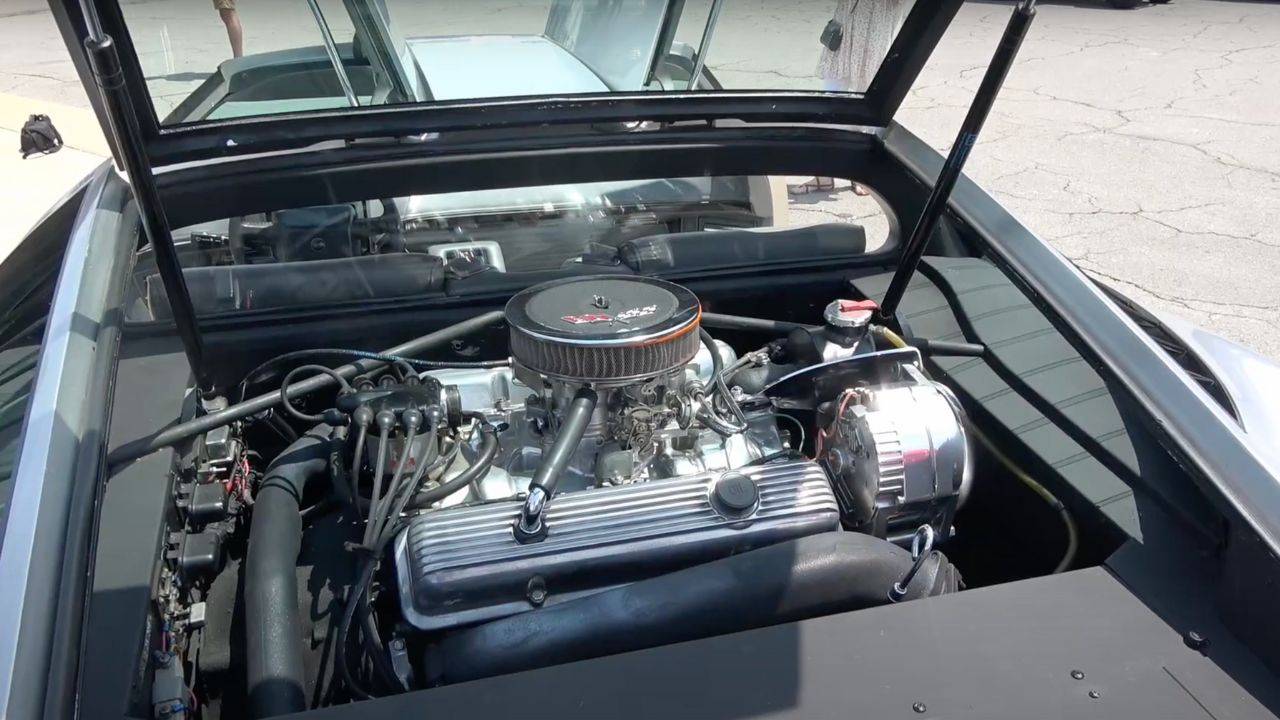
The XP-882 used a unique transverse mid-engine layout—a rarity for American cars. Chevy engineers had to create a custom transaxle and suspension setup just to make the layout work. It wasn’t a quick cut-and-paste from an existing drivetrain.
The original design used a 400-cubic-inch V8, later replaced with a 454 big block. Managing torque and weight balance in a mid-engine configuration was tricky, but Chevy pulled it off surprisingly well. It wasn’t just a Corvette with the engine moved—it was a complete rethink.
It Was Cancelled—Then Revived

GM scrapped the XP-882 early on, calling it too ambitious and expensive. But when Ford revealed the mid-engine Mustang Mach 2 concept, Chevy got nervous. Suddenly, the XP-882 was back on the table.
Bill Mitchell, GM’s design boss, pushed hard to get the project moving again. He wanted something that would blow the Mustang concept off the stage. That internal rivalry gave the XP-882 a second life—and a second chance to make its case as Corvette’s successor.
The Aerovette Name Came in the ’70s
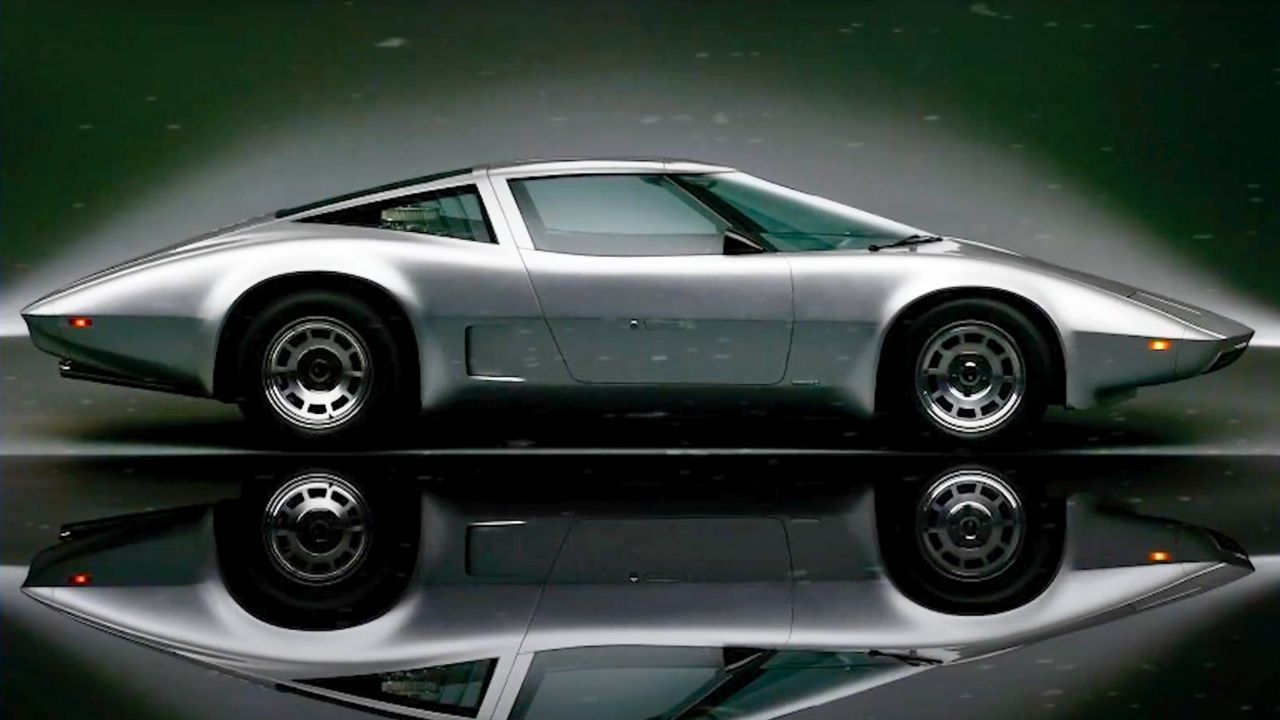
When the XP-882 was revived in 1976, it got a new name: Aerovette. The car had been reworked with an aluminum 6.6L Wankel rotary engine before GM killed the rotary program. So the Aerovette got yet another powertrain—this time a small-block 400 V8.
The styling was refined but still looked like something out of a sci-fi movie. Low, wide, and angular, the Aerovette seemed like a perfect fit for the next-generation Corvette. At the time, Chevy insiders believed it was only a few boardroom approvals away from production.
It Had Gullwing Doors—and They Worked
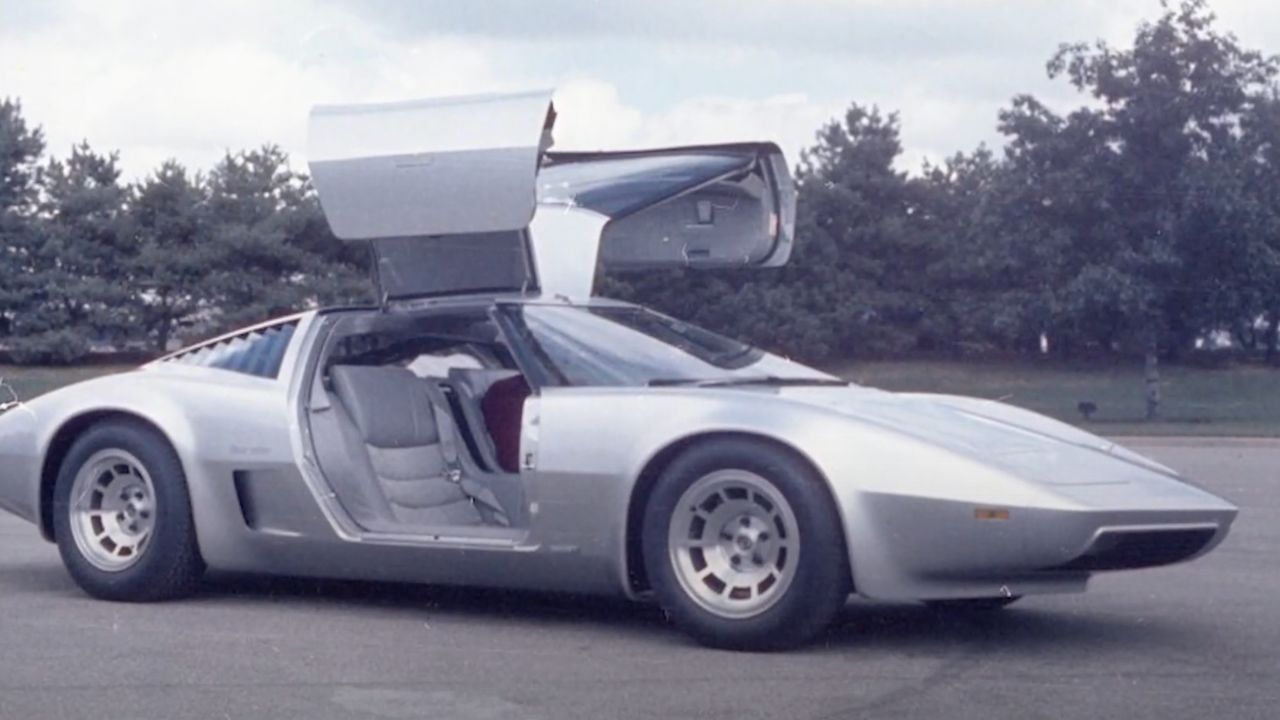
Unlike most concept cars that use dramatic doors just for effect, the Aerovette’s gullwing setup actually worked well. They were functional, well-balanced, and allowed easy entry even with the low-slung body.
The doors added a sense of exotic flair without compromising practicality. For a company like Chevrolet, putting gullwing doors on a Corvette replacement was a gutsy move. It made the car feel more like a European supercar than a product of Detroit.
The Rotary Engine Almost Made It to Production
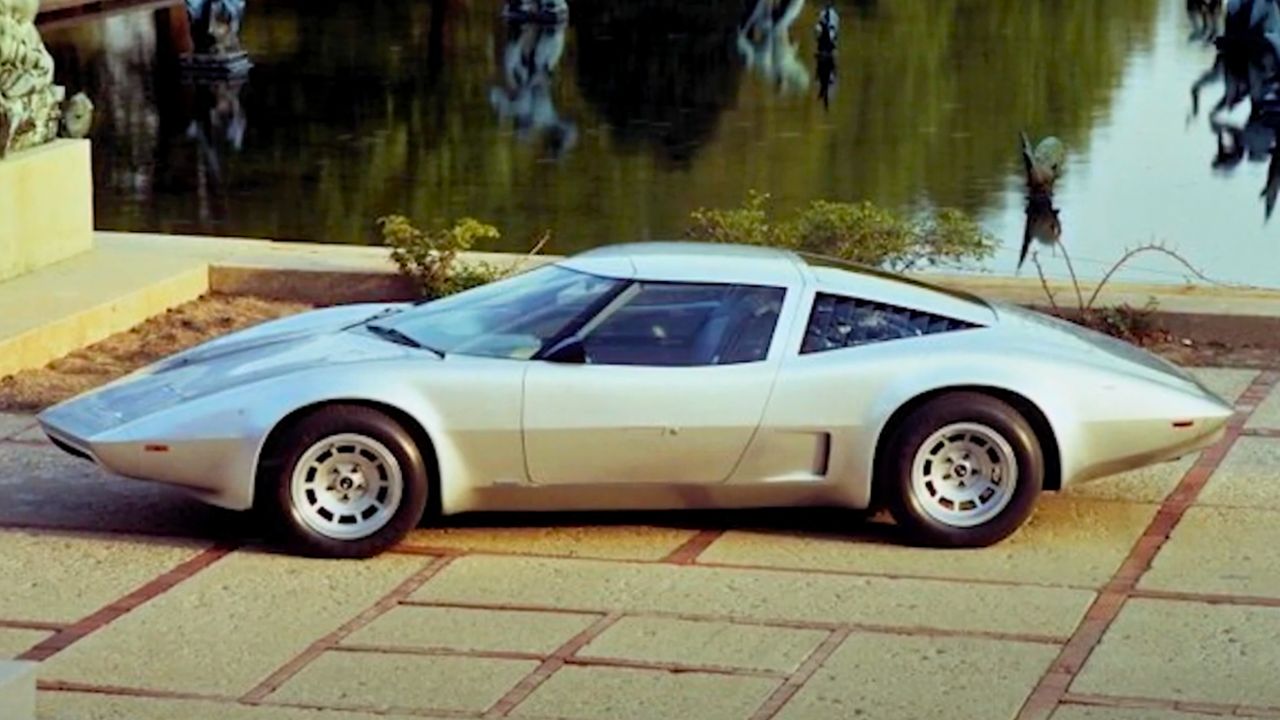
At one point, GM was seriously considering a Wankel-powered Corvette. The Aerovette was intended to be the first to use the new rotary platform, with a twin-rotor Wankel promising smoother power delivery and fewer moving parts.
The rotary version of the Aerovette was extensively tested but dropped due to emissions challenges and rising fuel economy concerns. Had things gone differently, we might’ve seen the Corvette brand take a completely different turn—lighter engines, higher revs, and a totally new sound.
It Reached 350 Horsepower in Testing
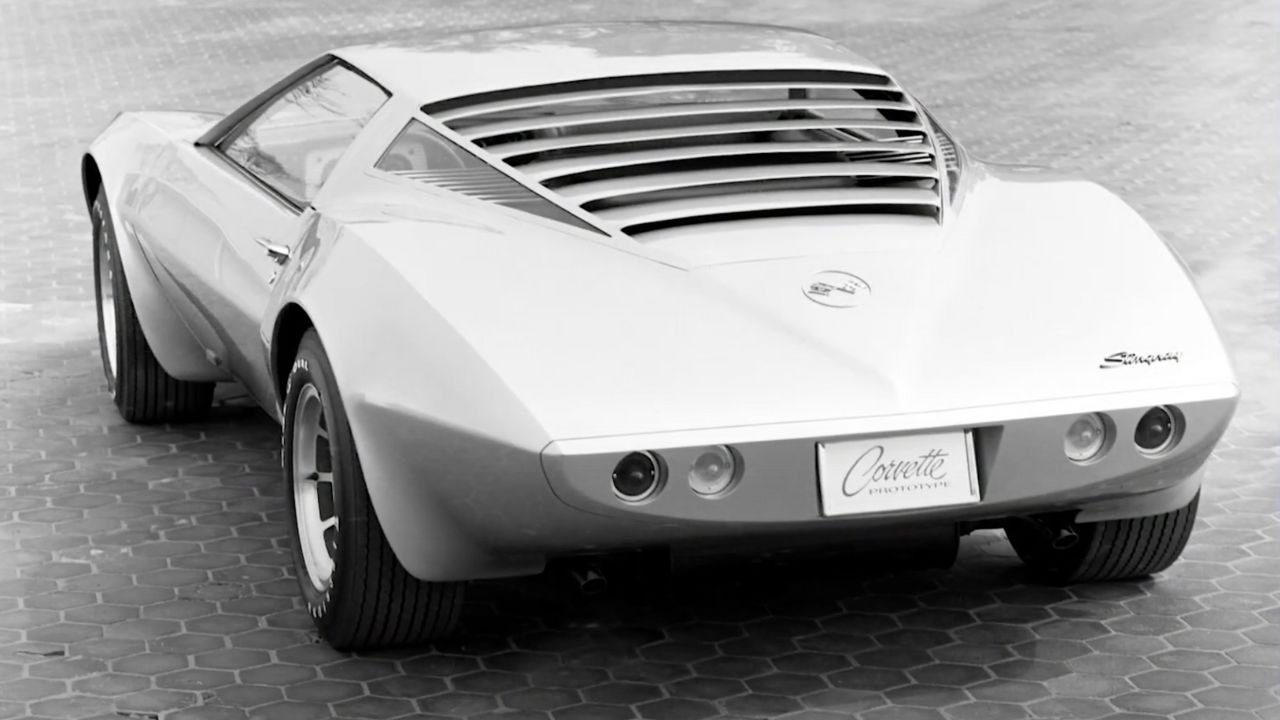
When fitted with the 400-cubic-inch V8, the Aerovette produced around 350 horsepower and over 400 lb-ft of torque. That was serious power for a car weighing just over 3,000 pounds, especially with its mid-engine layout offering excellent traction.
The performance numbers were impressive for a prototype, with projected 0–60 times under 6 seconds and a top speed near 160 mph. It had all the right ingredients to shake up the sports car world—especially considering this was nearly 50 years ago.
Zora Wanted It to Be the Future
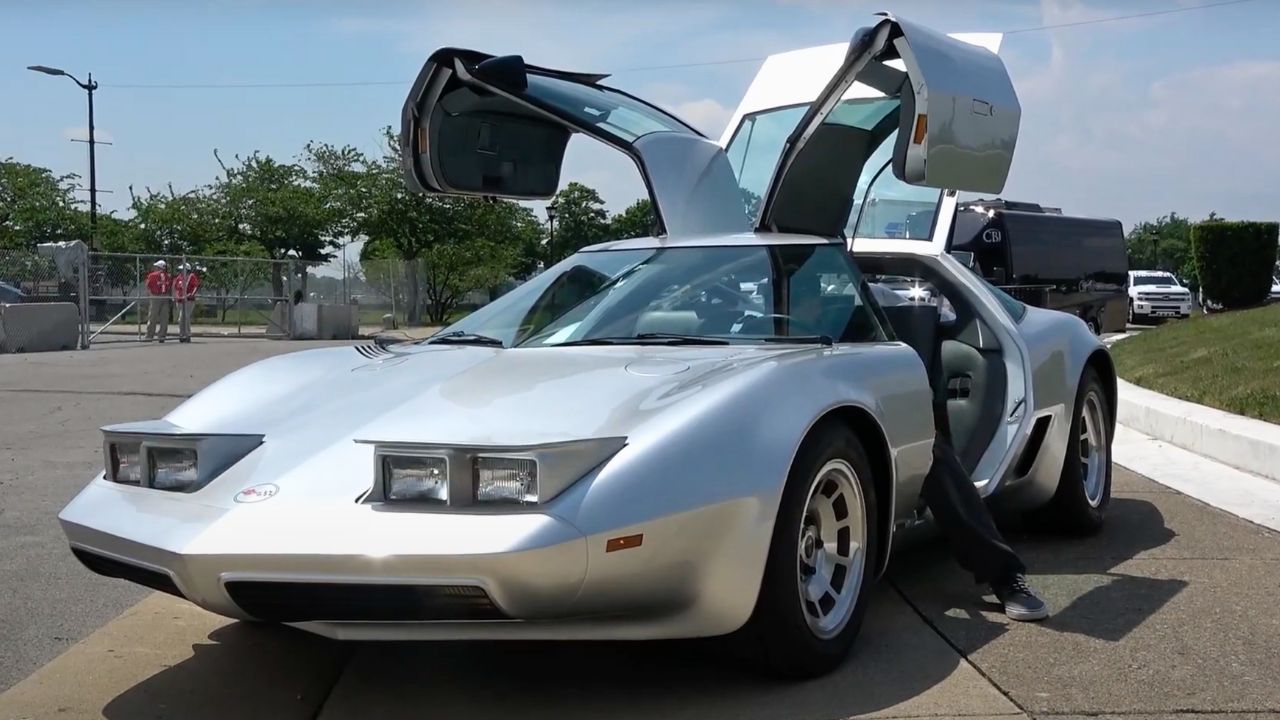
Zora Arkus-Duntov, often called the father of the Corvette, was a vocal supporter of the mid-engine layout. He believed it was the natural evolution of the Corvette and pushed hard for the XP-882 and Aerovette to reach production.
Zora saw the front-engine layout as limited in terms of handling potential. He argued that the mid-engine configuration would allow the Corvette to go toe-to-toe with Ferrari and Porsche on a global level. History eventually proved him right—but only decades later with the C8.
The Board Shut It Down in 1980
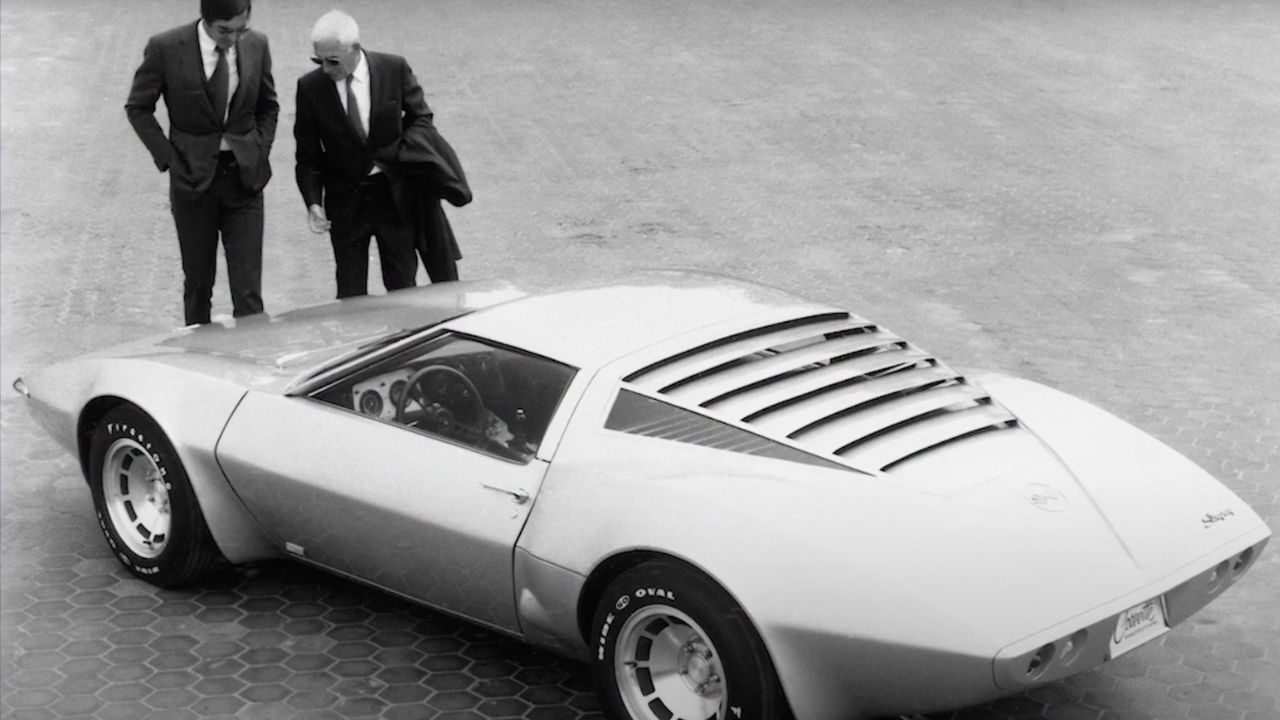
Despite promising results and strong internal support, the GM board killed the Aerovette project in 1980. Rising costs, shifting priorities, and economic concerns made it a tough sell—even though the engineering was sound.
The decision left many inside Chevrolet frustrated. They had a world-class design sitting ready for production, and instead, they stuck with the aging C3 architecture. It would take another 40 years before GM finally gave the Corvette a mid-engine layout in 2020.
It Still Influences Corvette Design Today
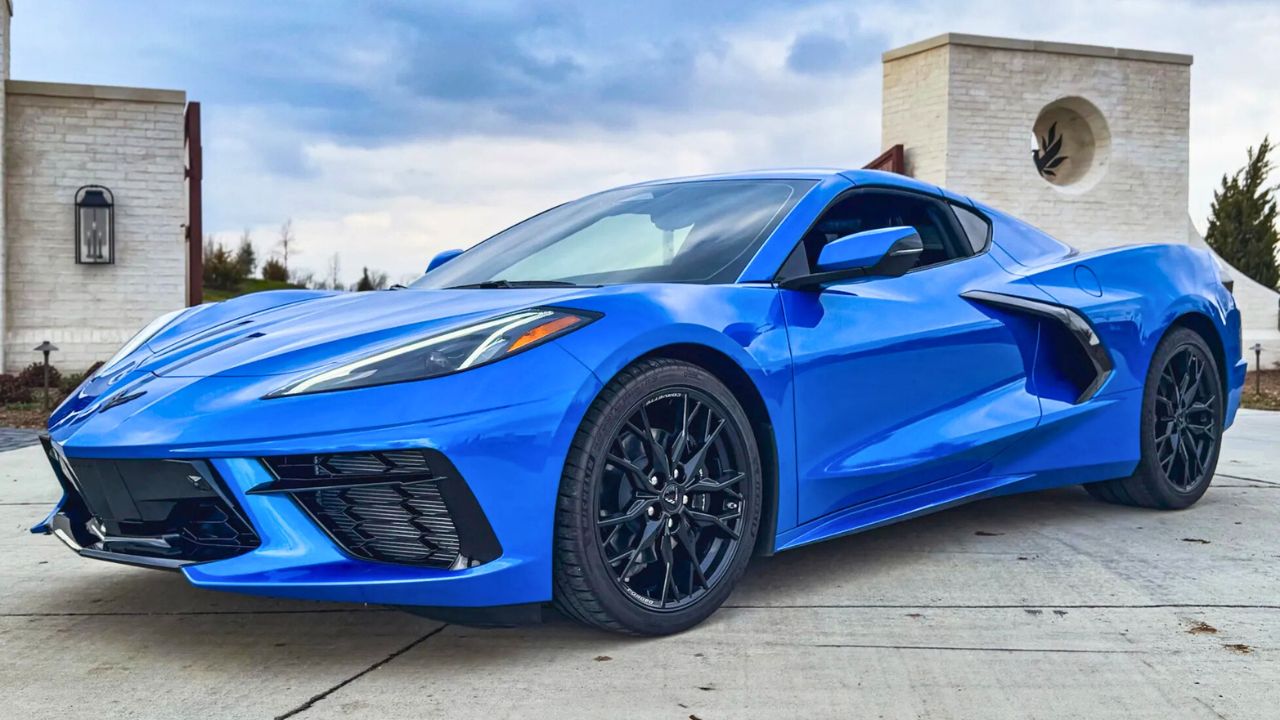
The Aerovette may not have made it to showrooms, but it laid the groundwork for what eventually became the C8. Many of its core ideas—mid-engine balance, angular styling, exotic features—resurfaced in later designs.
Even the Aerovette’s silhouette has echoes in today’s Corvette. It proved that Chevrolet was thinking ahead, even if they didn’t pull the trigger back then. For anyone who thinks the C8 came out of nowhere, the Aerovette proves it was a long time coming.
Like what you read? Here’s more by us:
*Created with AI assistance and editor review.

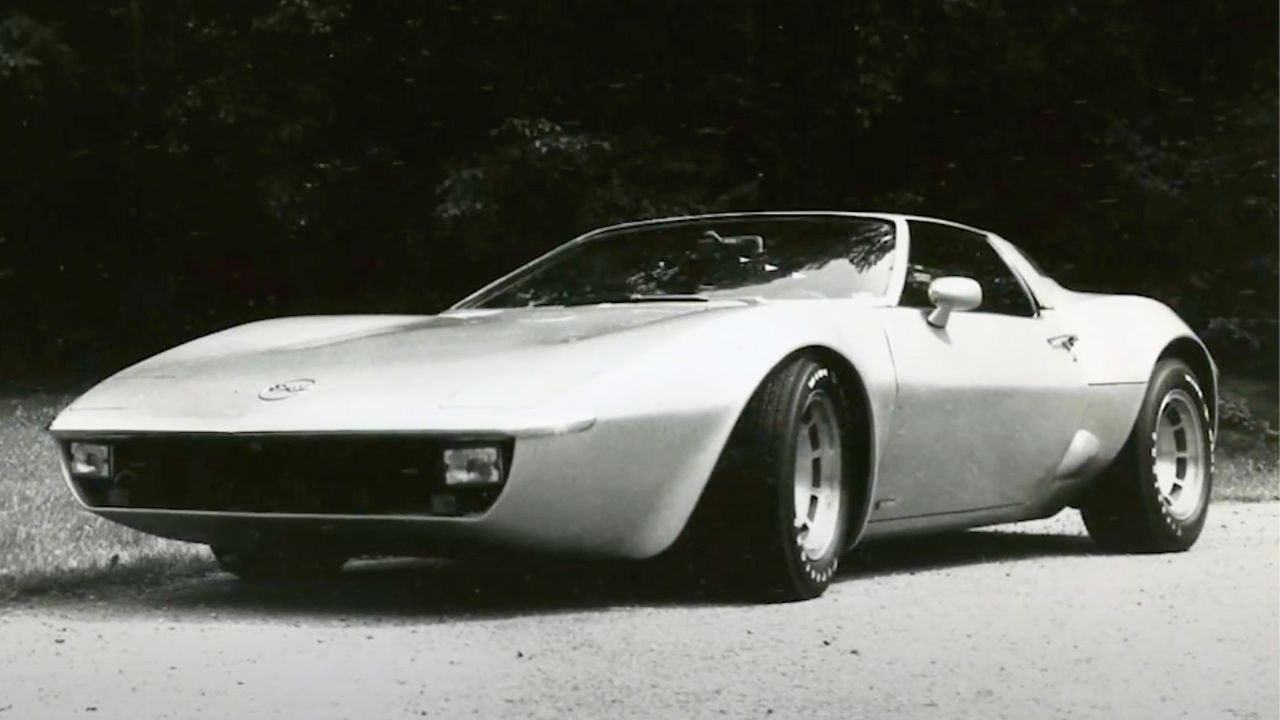

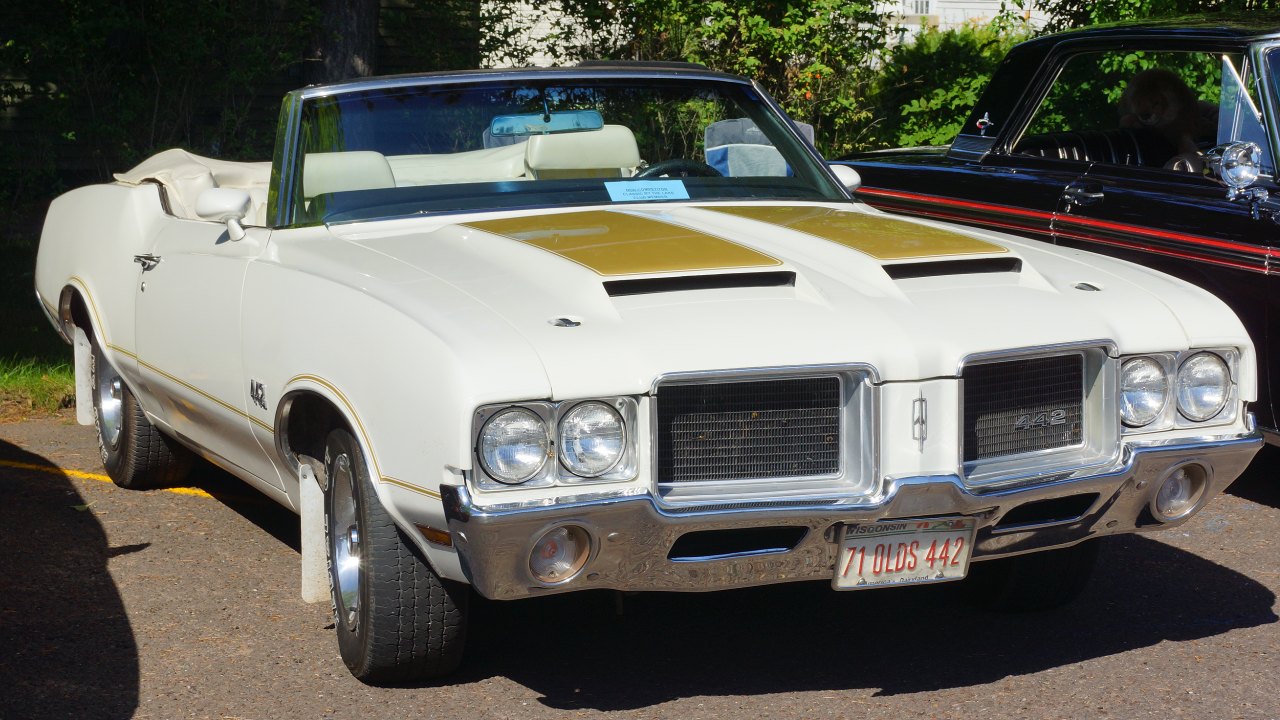
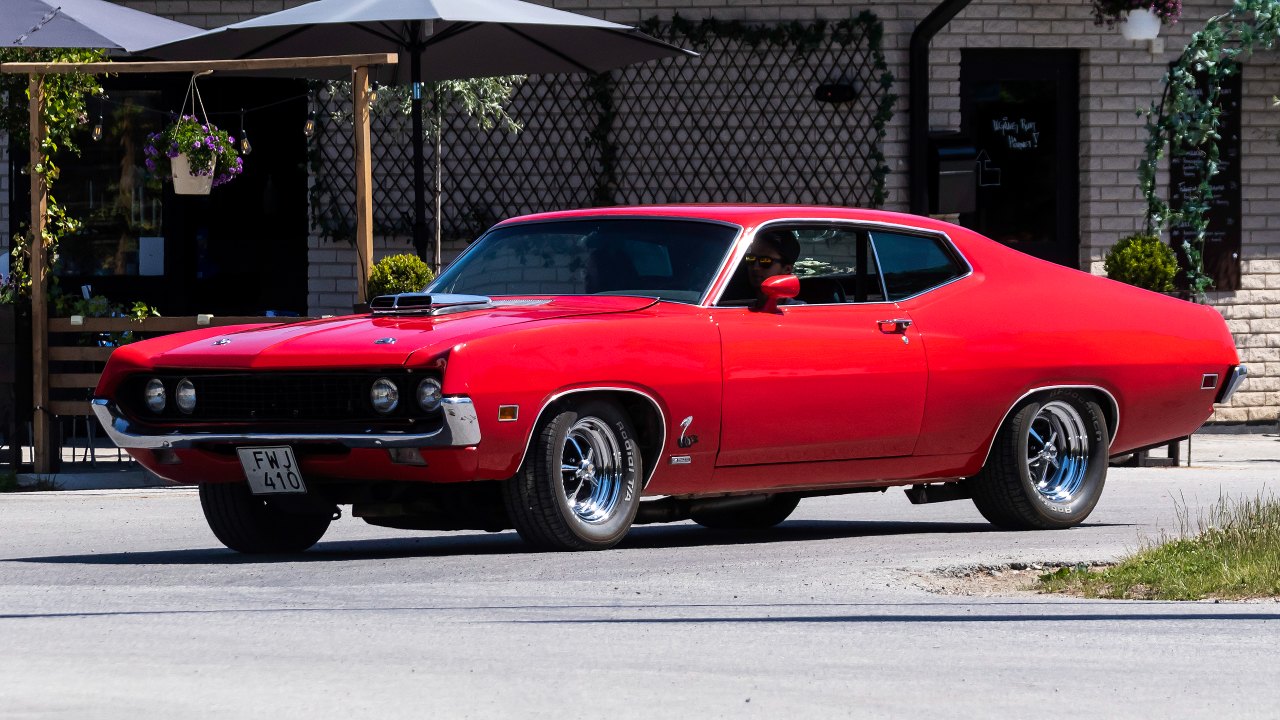
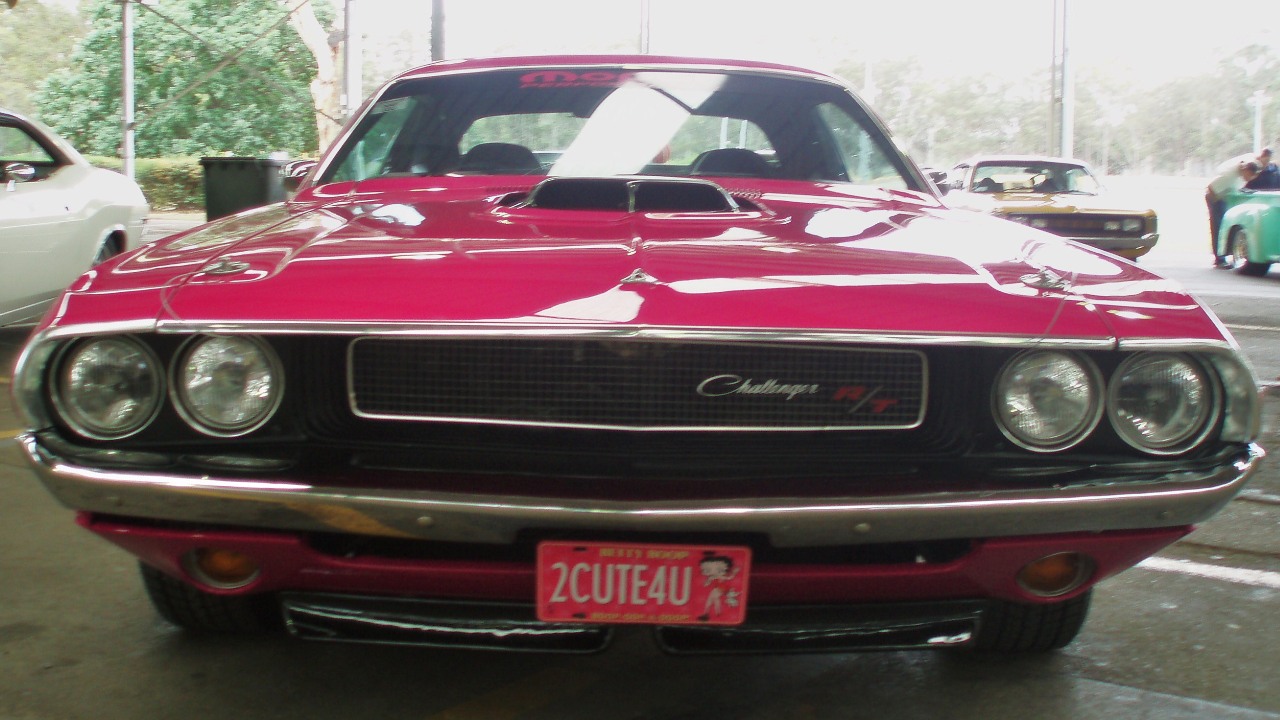

Leave a Reply